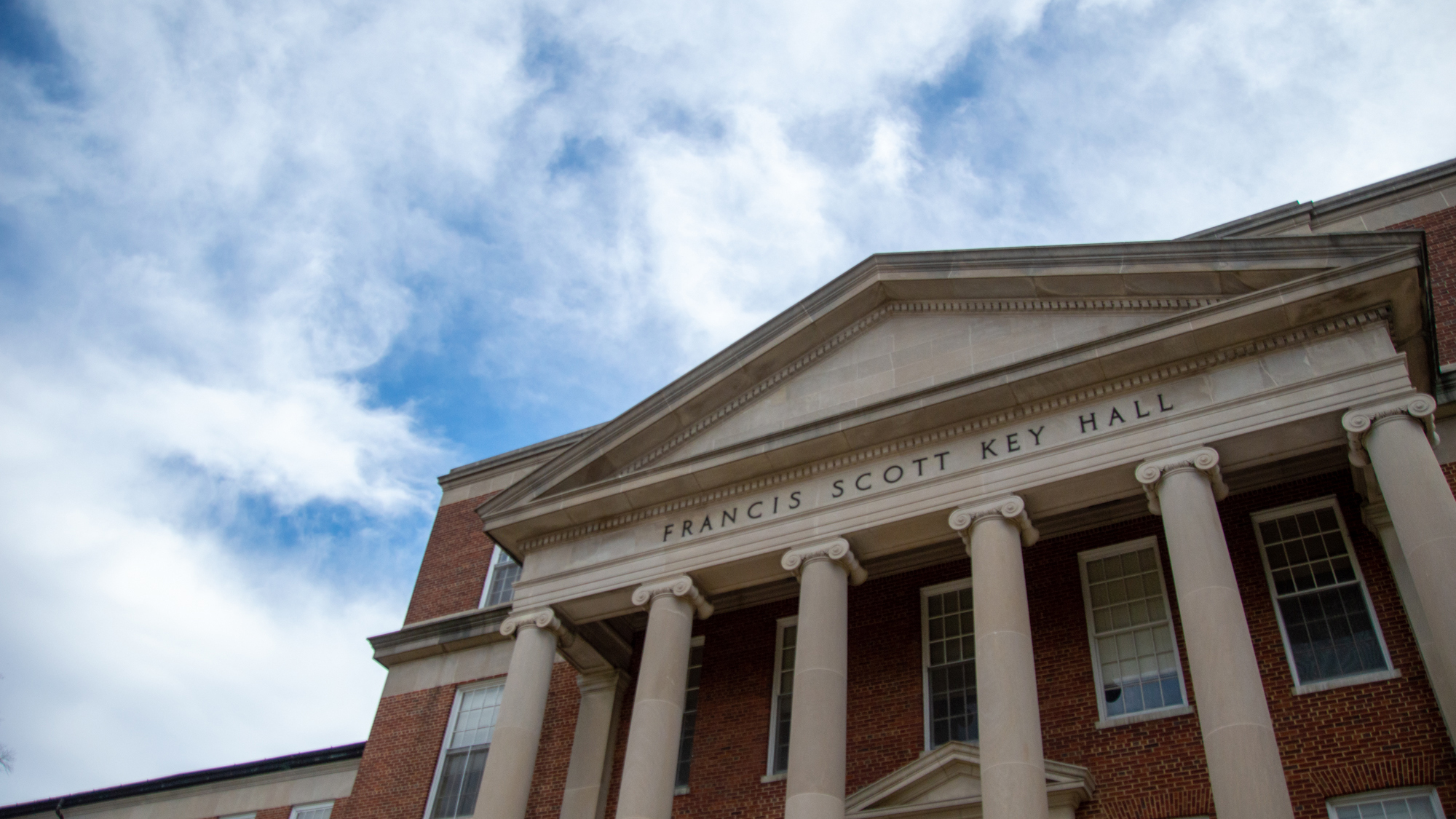Views expressed in opinion columns are the author’s own.
Loneliness has taken form as an Asian American student in a literature class. It’s been rare to find peers in my lectures who reflect the communities I come from. For Asian American students such as myself, getting into these classrooms has not been an easy journey.
Many of us face immense familial pressure rooted in the experiences of early Asian immigrants to achieve stability through socially prestigious careers.
There is a mentality within the Asian American community that the fastest and most secure path to social and financial stability is based on careers within medicine, science, technology and math. This familial pressure comes significantly as a function of financial concern, as graduates of the humanities typically earn less money than graduates of STEM majors.
For many of my Asian American peers, this pressure is a large reason why they’ve avoided careers in fields such as the arts, humanities and social sciences, despite interests in these fields.
This university’s colleges that offer majors in these fields can start recognizing and alleviating this gap in representation through specific departmental scholarship opportunities for Asian American students.
Asian Americans make up 6.1 percent of the national population. At this university, Asian American students make up more than 20 percent of the student body. These statistics show that we are actually overrepresented at this university, relative to the national population. However, these statistics very easily mask the type of underrepresentation we face in the humanities.
Aggregate data can portray Asian American students as adequately present, academically successful and as a non-underrepresented minority. Because of this, we fall invisible to administrative diversity initiatives and discourse because it may seem that statistically, we simply don’t need the support.
The reality is more complicated.
There is a massive disparity between the representation of Asian American students in STEM majors and their representation in arts, humanities and social sciences majors. In 2016, Asian students made up about 40 percent of STEM majors nationally in comparison to only 4.3 percent of humanities majors, according to the American Council on Education.
This same underrepresentation is apparent when looking at the individual departments at this university, where, in the public policy school, only 5.6 percent of 2021 graduates were Asian American.
These are not the numbers of an adequately represented minority.
As a university priding itself on diversity, it is crucial to understand how admitting a high percentage of Asian American students is not a guarantee of true equity. It is only the first step.
This university has a responsibility to do its best to support Asian American students’ representation and success across fields, not just in science, technology, engineering and mathematics. Departments with majors in the arts, humanities and social sciences need to institute scholarships specific to Asian American students.
Asian American students who decide to pursue a degree in one of these fields face massive challenges of familial expectations, societal perceptions and underrepresentation.
For a demographic that has the highest median income in America, but also the largest income disparity, this financial alleviation will allow greater representation of the numerous ethnicities represented as “Asian.” These scholarships will make education more affordable for Asian Americans — who are often first generation college students — pursuing careers in lower-paying fields.
Providing scholarships for these students will help alleviate the financial burden for Asian Americans pursuing non-STEM careers and encourage others to major in fields they are passionate about. By removing the costs of gaining a comparatively less financially rewarding degree, students will be given the ability to be financially independent from their families and thus insulated from their pressures.
For students who are not in the position to make a significant financial investment into a degree with lower payoffs, scholarships can remove this roadblock. Paying the same amount in college tuition does not help with the economic incentives of majoring in a field whose median salary is $40,120 per year, in place of one that makes $95,420 per year.
Ultimately, these scholarships would help this university’s arts, humanities and social sciences departments level the playing field for Asian American students at this university and beyond. This financial support ultimately will foster better, more organic communities across the U.S., giving Asian American students networks of professionals and peers who have similar experiences in similar fields.
Implementing these scholarships will be proof of the priority these colleges and this university place on creating a truly diverse and equitable environment. This is about our campus being accountable to its students and uplifting historically underrepresented ethnic groups — not just in this university’s overall admissions, but in its specific academic departments as well.
Imaan Shikoh is a sophomore public policy major. She can be reached at ishikoh@terpmail.umd.edu.



